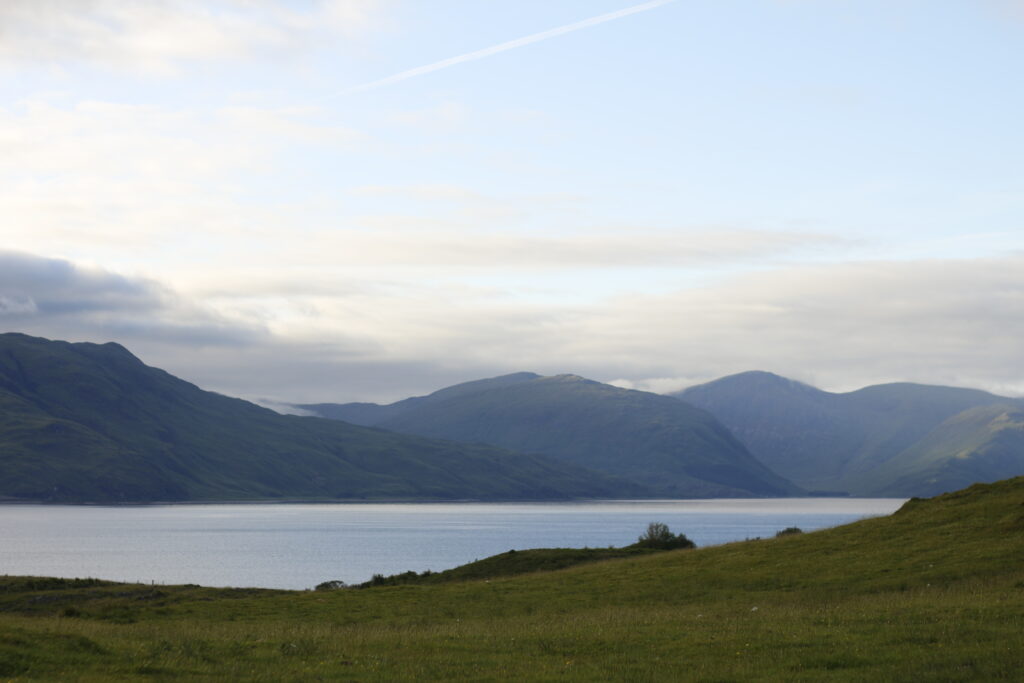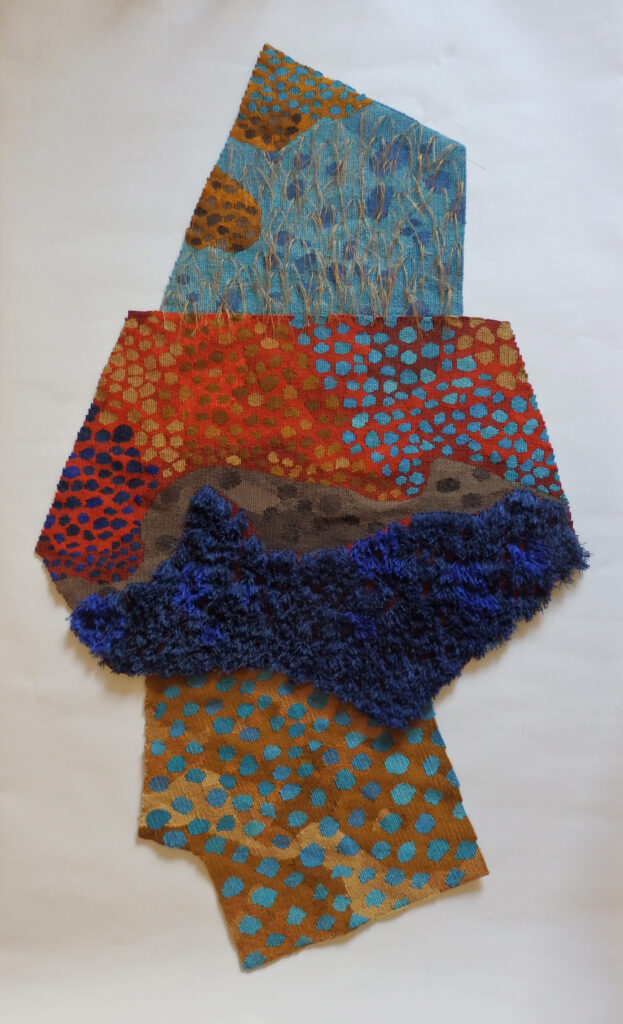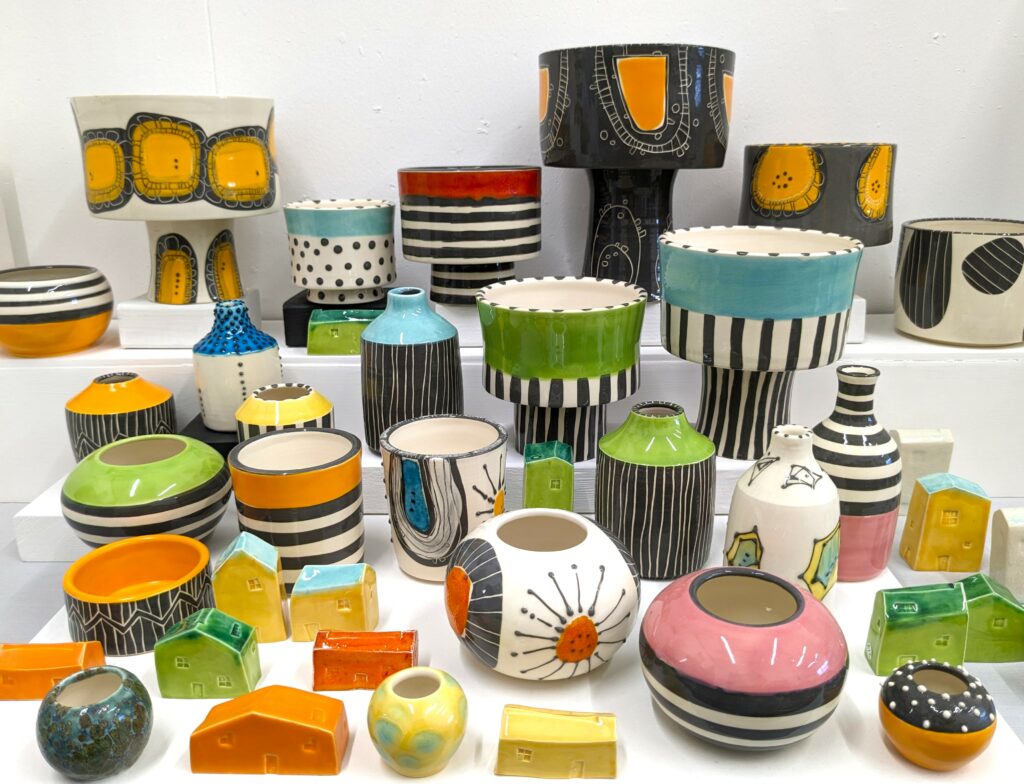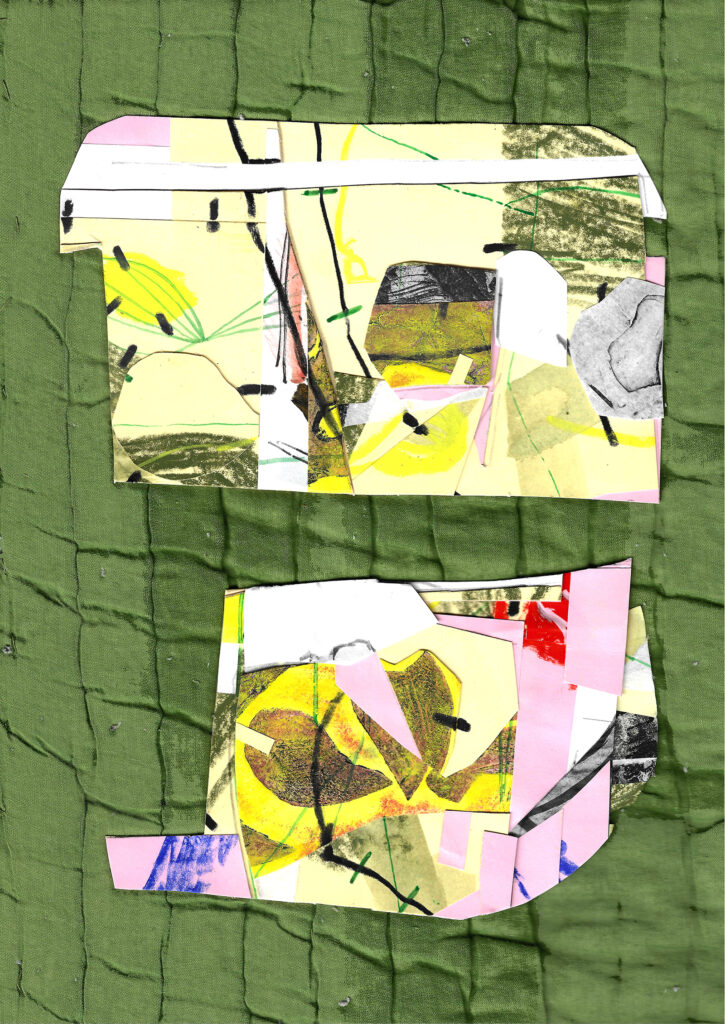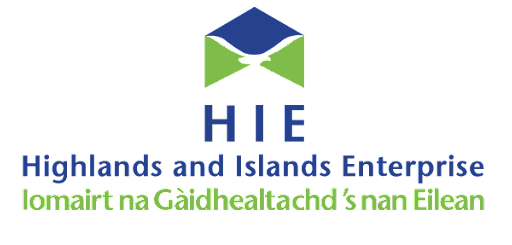A starting point for Kayleigh Sarah McGuinness’ research was to look at her own matrilineal descent from the isle of Lismore or Lios Mòr. Influenced by stories of the island from her late grandmother, she developed an interest in connecting with her female heritage. A distinct lack of written information on these women drew Kayleigh towards the permanence of the land.
Lismore is almost entirely composed of Dalradian limestone dating back 600 million years. Lime was extracted from two quarries on Lismore and traded up and down the West Coast of Scotland during the 1800s. It is common knowledge that this same limestone was a key contributor to the building of tenement flats in Glasgow, where Kayleigh grew up in the early 90s.
Kayleigh presents lime in a raw state as a link between past and present existence. Lime is also a vital material used currently in the production of steel. The Lady Margaret Smack was the last fishing boat on the island of Lismore to trade goods across Scotland and was owned by Kayleigh’s great-great-great grandparents. Smacks often had white cotton sails covered in an ochre red colour which was used as a protective coating against the elements.
Flax is another key material presented in this show; it was widely grown across the Highlands and Islands and was utilised by women for generations – in 1768 it was noted that Linum Catharticum (flax) was used by women of the region to prevent menses. Its more obvious use was to produce linen. Historically women were known to spin flax, however after WW2 and the introduction of the Women’s Land Army we saw Land Girls taking lead roles on all elements of harvesting this crop from deseeding, to retting and scutching. Kayleigh presents flax in its various stages of life as a hint towards the diversity of roles women held historically across the Scottish Isles.
Throughout Kayleigh’s research she has had the privilege of working with many incredible and inspiring Islander women, two of which are Laura Gloag and Catriona White. Laura is an expert genealogist on Lismore who generously offered her time and knowledge to provide Kayleigh with extensive facts on her family’s heritage. Catriona kindly gave an insight into her lived experience as a Scottish Islander girl living on the remote island of Muck which is owned by her family. Having grown flax herself, she was able to recall the memories of working through the processes.
This body of work is representing an ongoing exploration of where heritage meets present life. A key point of interest is the vastness of both space and time but also the idea of connecting to the past through natural tactile materials and processes.
From the artist Kayleigh Sarah McGuinness: My work looks to express order or a point of balance between collisions in nature, landscape and time. I am interested in looking at contrasting or opposing forces, and the points in which they meet. Born in Glasgow during the early 90s, I grew up exploring local Scottish art galleries. As a child I understood the language of shape, colour and geometric symbolism. From this early period I was exposed to many conceptual ideas, and would make both 2D & 3D artwork. I spent a huge amount of my time outdoors camping. I was fascinated by the dramatic forms found within Scotland’s munros and the colours and textures across coastlines. I graduated Glasgow School of Art at age 25, having produced large-scale installation and sculptural work on themes of tension and the struggles of balance within the natural world. Since then, I’ve been drawn towards my island roots and exploring how I can use the land to connect with the women who went before me. I am doing this through exploring natural materials, processes and forms.
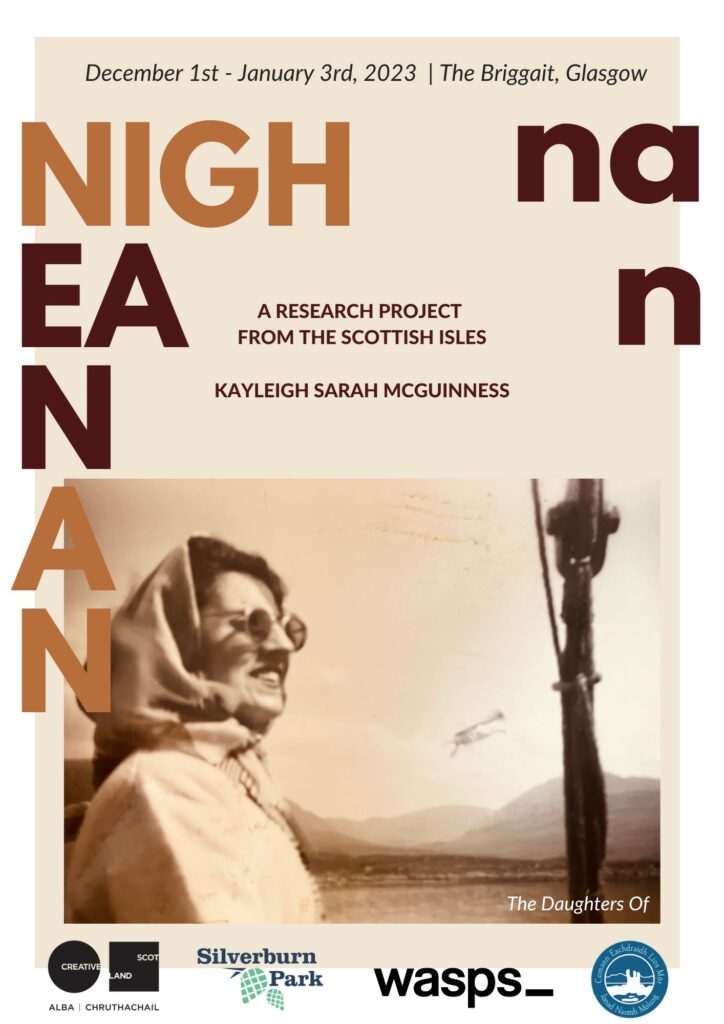
Exhibition
Event Details
Date: December 1 - January 3
Time: Mon-Fri, 9:30am-5:30pm
Address:
The Briggait
The Briggait
141 Bridgegate
Glasgow
G1 5HZ
